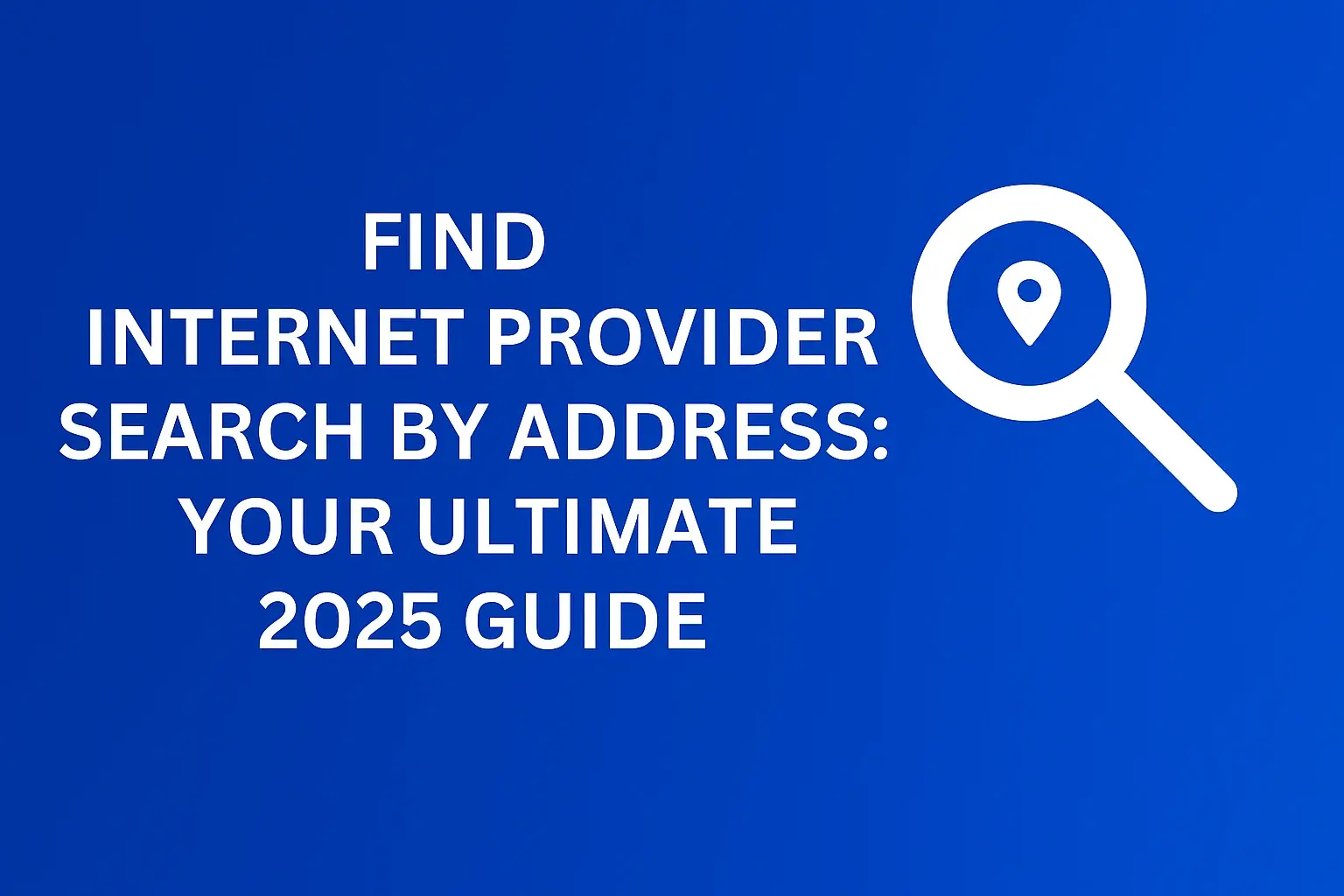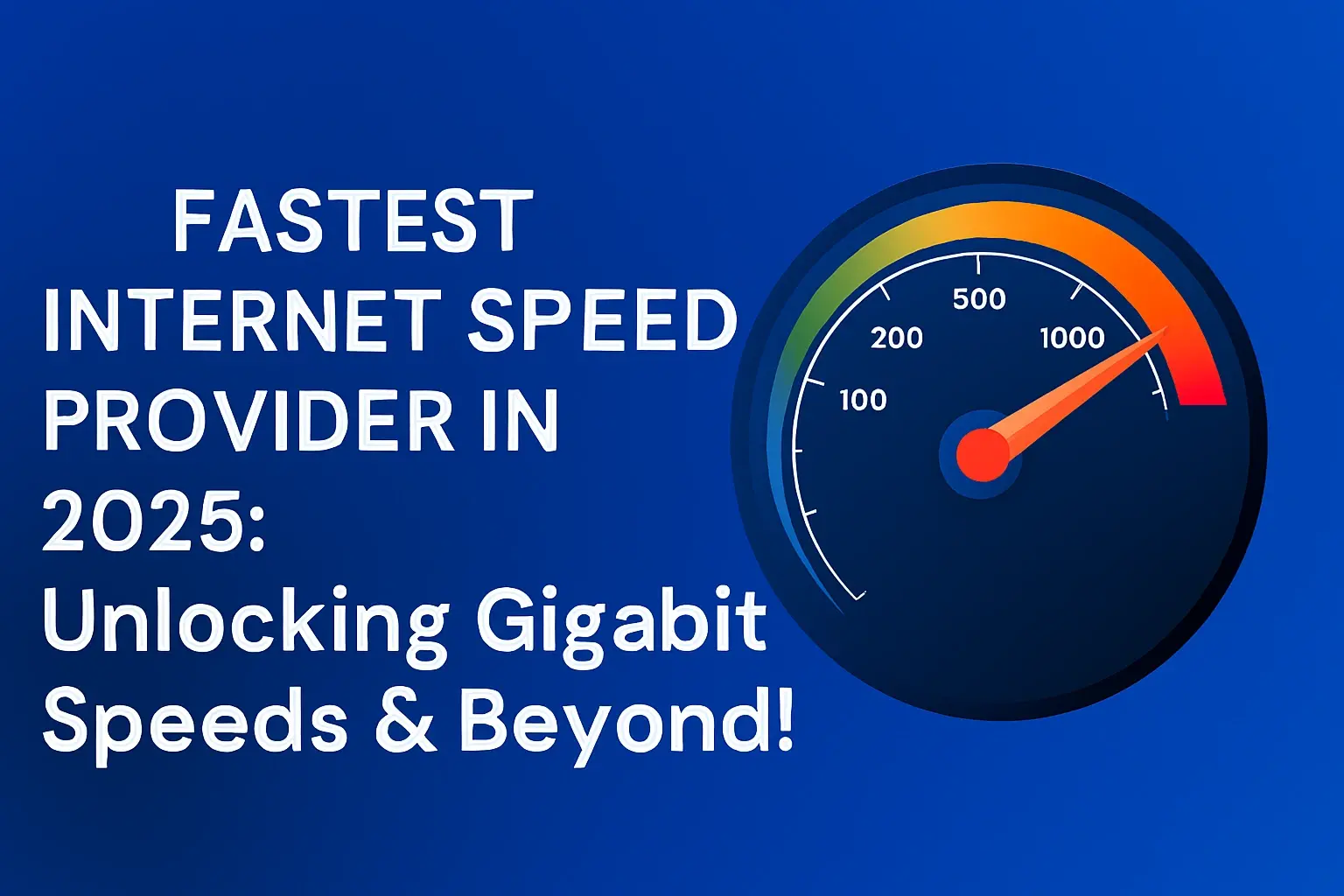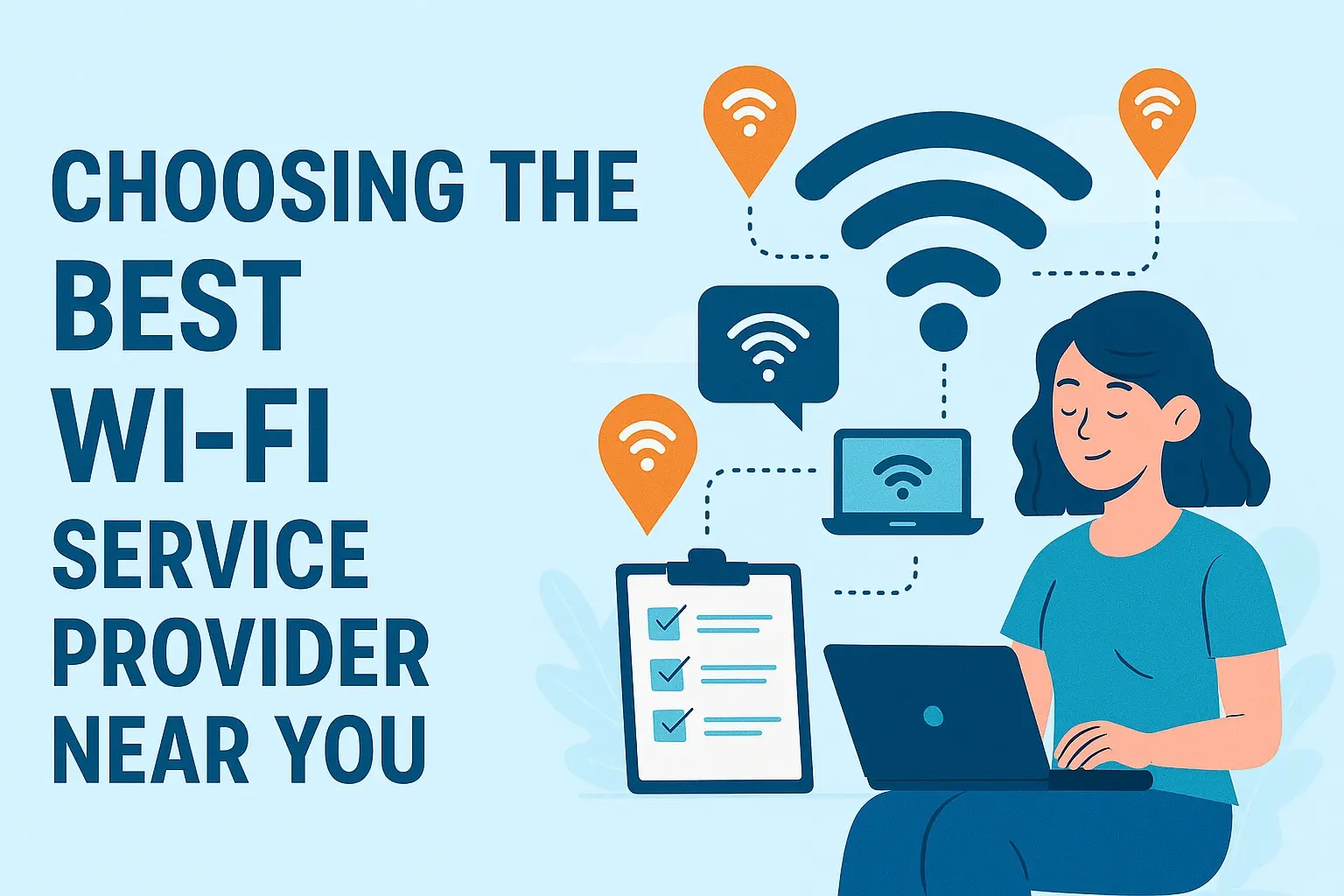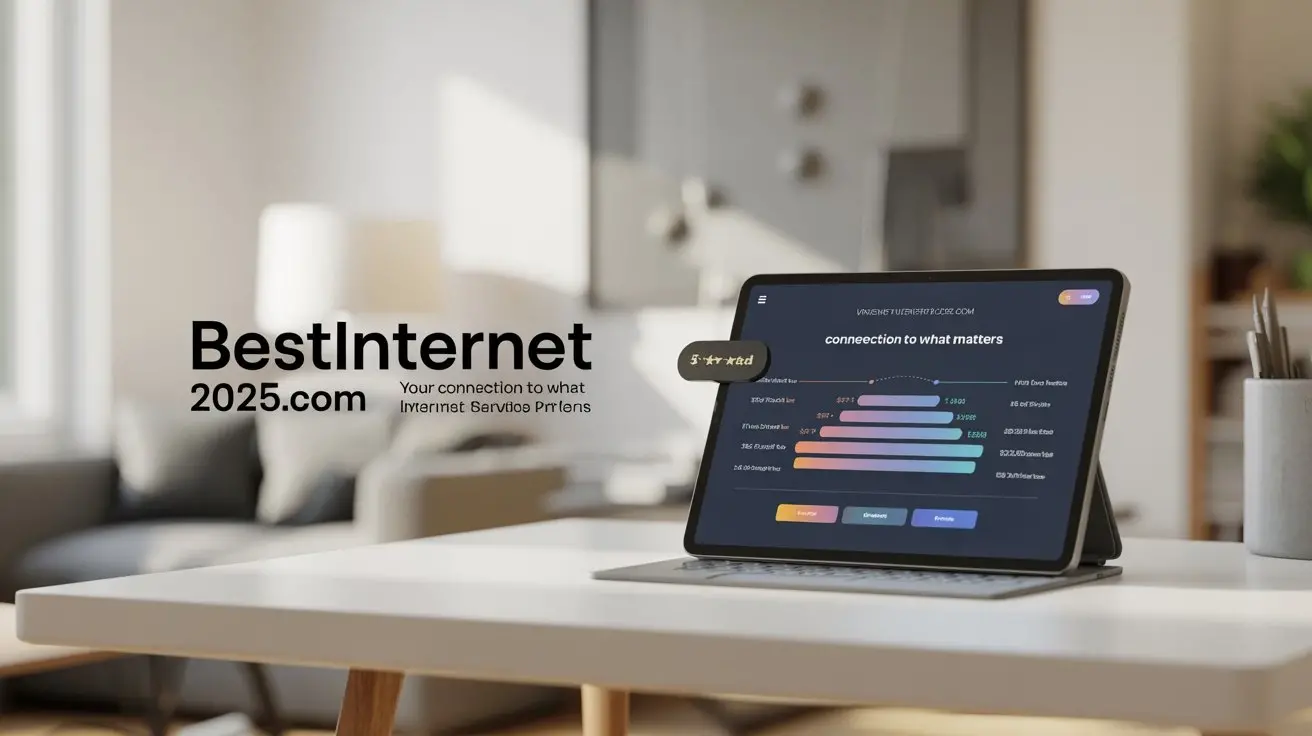How to Get Internet in a New Apartment: A Step-by-Step Guide
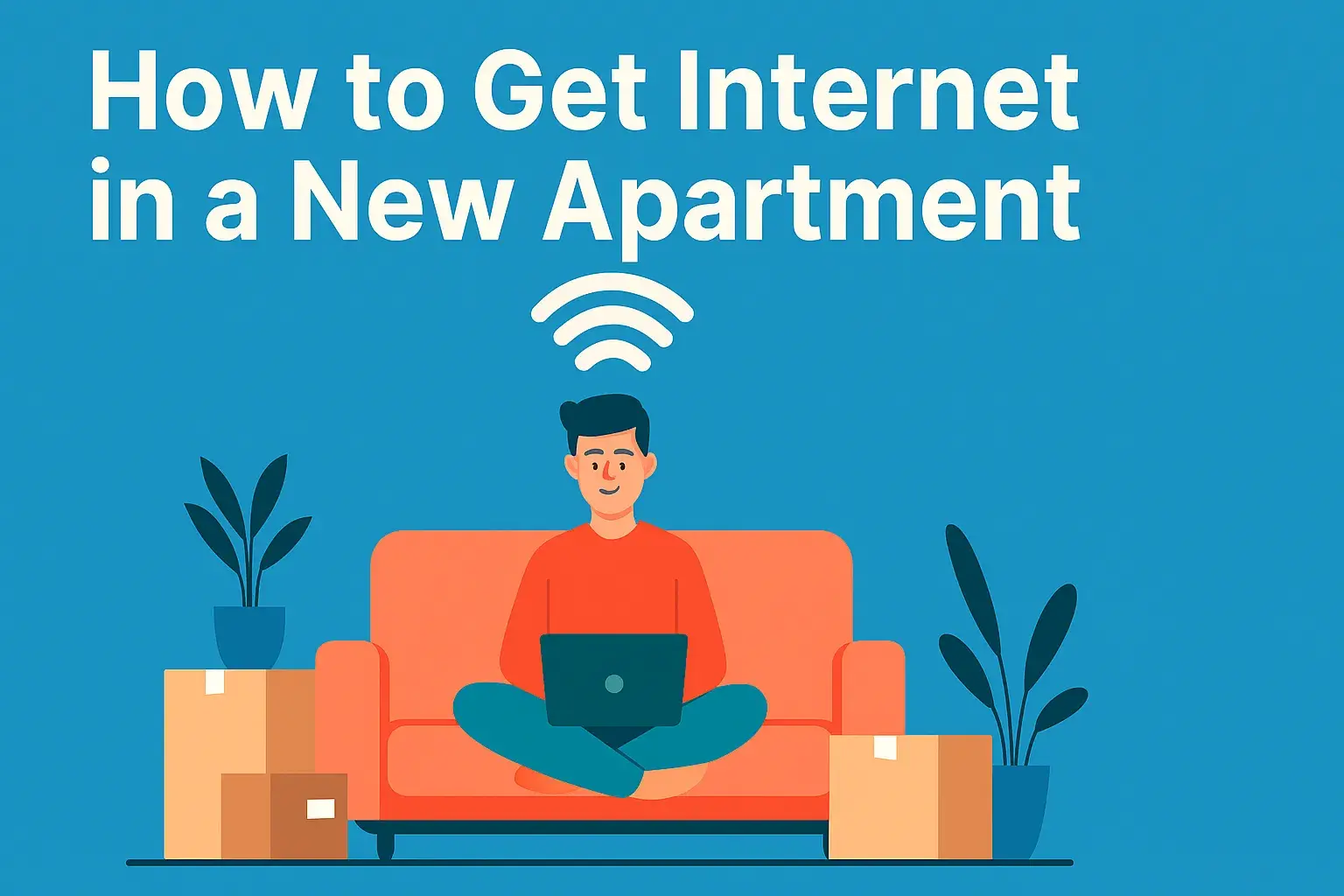
Moving into a new apartment is an exciting milestone, but setting up reliable internet is essential for staying connected, whether for work, streaming, or gaming. A stable internet connection keeps you productive and entertained, but navigating the process of getting internet in a new apartment can feel overwhelming. This comprehensive guide provides a step-by-step roadmap to help you set up your internet quickly and efficiently, covering everything from choosing the best provider to optimizing your Wi-Fi signal.
Understanding Your Internet Options
When setting up internet in a new apartment, you’ll encounter several types of internet connections, each with its own advantages and drawbacks. Understanding these options will help you choose the best internet for your needs.
Fiber Internet
Fiber internet delivers blazing-fast speeds via fiber-optic cables, making it ideal for heavy internet users, such as gamers or remote workers. It offers symmetrical upload and download speeds, often exceeding 1 Gbps. However, fiber internet for apartments may not be available in all areas, and installation can be costly if your building isn’t pre-wired. Providers like AT&T Fiber and Verizon Fios are popular choices where available.
Cable Internet
Cable internet, offered by providers like Comcast Xfinity and Spectrum, is widely available and uses the same coaxial cables as cable TV. It provides high-speed internet for apartments, with speeds up to 1 Gbps in some cases. However, speeds can slow down during peak usage times due to shared bandwidth. Cable is often a reliable and affordable option for renters.
DSL Internet
DSL (Digital Subscriber Line) uses existing phone lines to deliver the internet. It’s slower than fiber or cable, with speeds typically ranging from 10–100 Mbps. DSL is a budget-friendly option, but may not suffice for high-bandwidth activities like 4K streaming. Providers like CenturyLink offer affordable internet for apartments through DSL.
Satellite Internet
Satellite internet, such as Starlink, is an option for apartments in rural areas where other connections are unavailable. It requires a clear view of the sky for the satellite dish, which may be challenging in apartment buildings with strict regulations. Speeds range from 25–150 Mbps, but latency can be an issue for gaming or video calls.
Mobile Hotspot
For temporary or low-usage needs, a mobile hotspot from providers like T-Mobile or Verizon can work. It uses cellular data to create a Wi-Fi network but often comes with data caps and slower speeds compared to fixed-line options. This is a good no-contract internet plan for renters who need flexibility.
Each option varies in speed, reliability, and cost. Fiber is the fastest but priciest, while DSL and mobile hotspots are more affordable but slower. Check with your apartment management to confirm which types are supported in your building.
Step 1: Check the Availability of Internet Providers
Before choosing an internet plan, confirm which providers service your apartment. Here’s how to get started:
-
Use Online Tools: Websites like CtvforMe & CablePapa allow you to enter your zip code to find available ISPs. These tools list providers like Xfinity, Spectrum, AT&T, and smaller local companies offering internet for apartments.
-
Check with Your Apartment Management: Some apartment complexes have exclusive agreements with specific providers, limiting your options. Ask about pre-installed wiring for fiber internet vs. cable internet or any restrictions on satellite dishes.
-
Explore No-Contract Plans: Renters often prefer internet providers for renters with no contract to avoid long-term commitments. Providers like T-Mobile Home Internet and Spectrum offer flexible, month-to-month plans.
-
Look for Deals: Many ISPs offer promotions for new customers, such as discounted rates or waived installation fees. Search for cheap internet for apartments or check provider websites for special offers.
-
Consider Local ISPs: Don’t overlook smaller, regional providers, which may offer competitive pricing or better customer service than national brands.
By researching availability early, you can narrow down your options and find the best internet options for apartments in your area.
Step 2: Choosing the Right Internet Plan for Your Needs
Selecting the right internet plan involves balancing speed, cost, and your usage habits. Here’s what to consider:
-
Speed: For basic browsing and streaming, 50–100 Mbps is sufficient. Remote workers or gamers may need 200–500 Mbps, while large households streaming 4K or gaming simultaneously should opt for 500 Mbps or higher. Look for high-speed internet for apartments if you have multiple devices.
-
Data Limits: Some plans have data caps, especially mobile hotspots or satellite internet. If you stream or download heavily, choose an unlimited data internet plan to avoid overage fees.
-
Cost: Plans range from $20/month for basic DSL to $80+/month for gigabit fiber. Compare affordable internet plans and factor in additional fees like equipment rental or installation.
-
Contract Length: Internet providers for renters with no contract, like Spectrum or T-Mobile Home Internet, are ideal for flexibility. Long-term contracts may offer lower rates but lock you in for 1–2 years.
-
Bundles: Some providers offer bundles combining internet, cable TV, or phone services. These can save money but may include services you don’t need.
For remote work or heavy streaming, prioritize plans labeled as best value internet plan or internet plan for remote work. Compare plans on provider websites or tools like CNET’s internet plan comparison guides.
Step 3: Scheduling and Preparing for Installation
Once you’ve chosen a provider and plan, schedule the installation. Here’s how to prepare:
-
Self-Installation vs. Professional Installation: Many providers like Xfinity and Spectrum offer self-installation kits, which include a modem, router, and instructions. These are ideal for tech-savvy renters and often waive installation fees (typically $50–$100). Professional installation may be required for fiber or if your apartment lacks pre-existing wiring.
-
Scheduling: Book your installation appointment as soon as possible, as wait times can be 1–2 weeks. Confirm with your landlord or property manager if they need to be present.
-
Prepare Your Apartment: Choose a central location for your modem/router to maximize Wi-Fi coverage. Ensure nearby electrical outlets are accessible. Clear any furniture or clutter that might obstruct the technician’s work.
-
Check Building Regulations: Some apartments restrict drilling or external wiring, especially for fiber internet installation. Verify with management to avoid delays.
Having everything ready streamlines the process and ensures your Wi-Fi installation in a new apartment goes smoothly.
Step 4: Installing Your Internet
Whether you opt for self-installation or professional help, here’s what to expect:
Self-Installation
-
Unpack the Kit: Your provider will send a modem, router (or a combined gateway device), cables, and setup instructions.
-
Connect the Modem: Plug the modem into a coaxial cable outlet (for cable internet) or phone line (for DSL). Connect it to a power source.
-
Set Up the Router: If separate, connect the router to the modem via an Ethernet cable. Power on both devices.
-
Activate the Service: Follow the provider’s instructions to activate your service, often through a website or app. For example, Xfinity users can use the Xfinity app to activate.
-
Configure Wi-Fi: Log in to the router’s admin page (usually via a browser) to set up your Wi-Fi network name and password.
Professional Installation
A technician will handle the wiring, modem setup, and Wi-Fi configuration. They’ll test the connection to ensure it meets the promised speeds. Be present to ask questions and confirm the setup meets your needs.
This step ensures your internet connection setup is complete and ready for use.
Step 5: Optimizing Your Internet Connection
To get the most out of your internet, optimize your setup:
-
Router Placement: Place your router in a central, elevated location, away from walls or metal objects to improve Wi-Fi signal strength. Avoid corners or closets.
-
Wi-Fi Bands: Use the 5 GHz band for faster speeds over short distances or the 2.4 GHz band for wider coverage but slower speeds. Most modern routers automatically select the best band.
-
Mesh Systems: For larger apartments, consider a mesh Wi-Fi system to eliminate dead zones and ensure a seamless Wi-Fi experience. Brands like Eero or Google Nest are renter-friendly.
-
Security: Set a strong Wi-Fi password (at least 12 characters, mixing letters, numbers, and symbols). Enable WPA3 encryption if available.
-
Speed Tests: Use tools like Ookla Speedtest to verify your connection matches the promised speeds. Run tests periodically to monitor performance.
These steps ensure a reliable internet connection for streaming, gaming, or working from home.
Common Issues and Troubleshooting
Even with a smooth setup, you may encounter issues. Here’s how to address common problems:
-
Slow Speeds: Run a speed test to confirm the issue. Restart your modem/router, and check for interference from devices like microwaves. If unresolved, contact your ISP to check for outages or throttling.
-
No Signal: Ensure all cables are securely connected. For Wi-Fi issues, move closer to the router or reset it. Check if your device is on the correct network.
-
Router Issues: If the router’s lights indicate a problem, consult the manual or the provider’s website. A factory reset may be needed, but it will require reconfiguring your Wi-Fi.
-
Contacting Support: When calling ISP customer support, have your account number ready. Ask about outages, equipment issues, or planned upgrades. Document the call for reference.
For persistent problems, search for troubleshooting internet connection tips on your provider’s website or tech forums like Reddit’s r/techsupport.
Conclusion
Setting up the internet in a new apartment doesn’t have to be daunting. By researching providers, choosing the right plan, preparing for installation, and optimizing your connection, you can enjoy fast, reliable internet tailored to your needs. Assess your usage—whether for gaming, streaming, or remote work—to select the best internet plan for a new apartment. With this guide, you’re ready to stay connected in your new home.
Faq
How long does it take to get internet set up in a new apartment?
Self-installation can take 1–2 hours, while professional installation may require a 1–2 week wait for an appointment and 1–3 hours for setup.
What’s the best internet provider for apartments?
It depends on availability and needs. Xfinity and Spectrum are widely available with high-speed internet for apartments, while AT&T Fiber is ideal for speed. Check your zip code for options.
Can I get internet without a credit check?
Yes, providers like T-Mobile Home Internet and Spectrum offer internet for renters with no contract or credit check. Prepaid plans are another option.
How do I set up Wi-Fi in my apartment?
Follow your provider’s self-installation kit instructions or hire a technician. Connect the modem to the router, activate the service, and configure your Wi-Fi network name and password.
Is fiber internet available in apartments?
Fiber internet for apartments is available in some urban areas, but it depends on building wiring. Check with providers like Verizon Fios or AT&T Fiber.
Can I get internet if my apartment building doesn’t allow installation?
If wiring or dishes are restricted, consider mobile hotspot internet or check with management for pre-installed options like community Wi-Fi.

